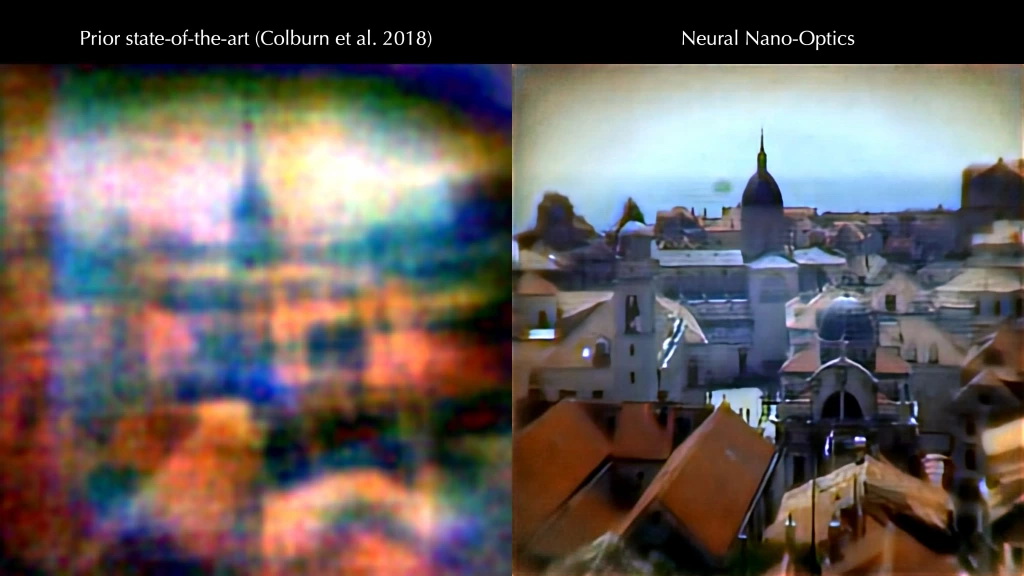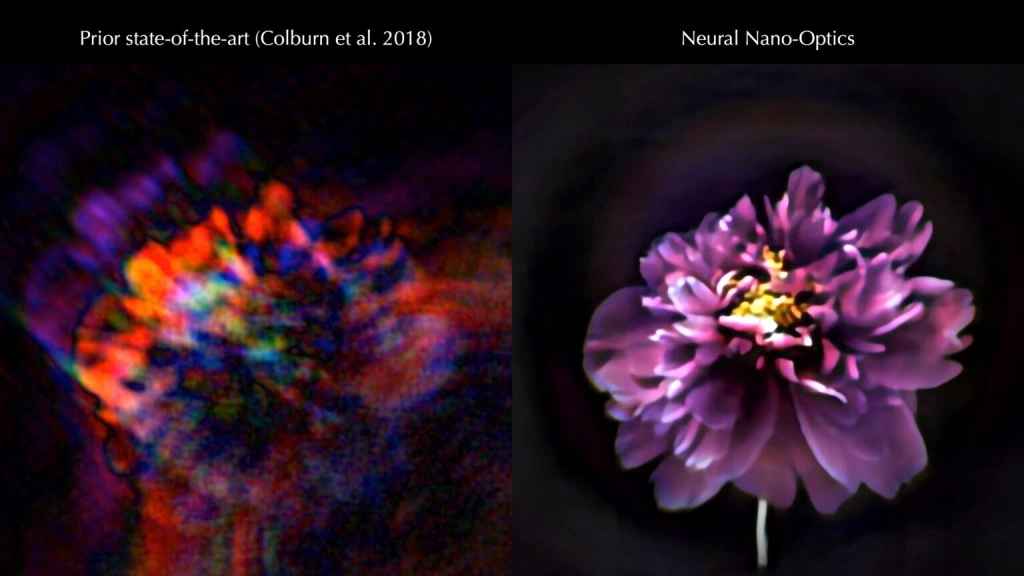Every generation of smartphones brings improvements to the camera thanks to a combination of hardware and software optimizations.
People complain about camera falls, but one day, The entire surface of a phone can be made up of nano cameras. Each one of them would be no bigger than a grain of salt.
It may sound like science fiction, but Princeton Researchers made possible the design of such a camera.
While smartphone makers may take some time to consider these micro-cameras, Rice-grain-sized cameras can be incredibly useful in areas such as medicine and robotics.
The nano camera system employs 1.6 million cylindrical bodies that process light. The camera chip can be manufactured like a normal computer chip, so the costs can be lower than the standard components that make up a traditional camera.
These types of micro cameras already exist and are used in medicine and robotics, but they capture blurry and distorted images with limited fields of view. But the new technology, detailed in an article by Nature Communications, solve the problem.
Researchers used algorithms to take sharp images comparable to 500,000 times larger cameras.
Nanocameras replace the curved lenses found in a normal camera with a technology called metasurface.
“We could turn individual surfaces into very high resolution cameras so that three cameras were no longer needed on the back of the phone, but the entire back of the phone would become one giant camera.”said co-author Felix Heide in a statement. “We can think of completely different ways to build devices in the future.”
The researchers created the design of the optical surface of the nano camera, as well as the algorithms that allow the production of photos.
The following photos Compare previous nano camera technology with ‘Nano Neural Optics’ design of Princeton-Washington researchers:

Previous micro-sized cameras (left) captured blurry and distorted images with limited fields of view. The new system called neural nano-optics (right) can produce sharp, colorful images on the same level as a conventional composite camera lens.
The authors explain that the biggest challenge was designing the millions of nanostructures and post-processing algorithms. They created a simulator to automate the testing of different nanoantenna configurations.
Scientists continue to develop meta-surface nano cameras, seeking to improve image quality. They are also working to add features like object detection and other detection features that can be useful in medical and robotic applications.

